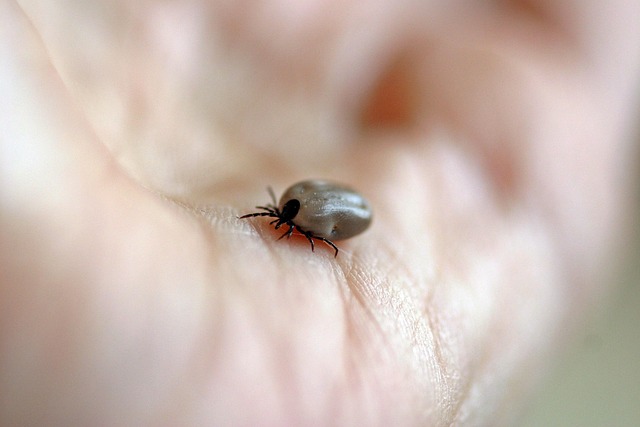
Glyphosate Toxicity
Understanding Glyphosate Toxicity
Glyphosate, the herbicide that has sparked debates hotter than a jalapeño on a summer's day, is a commonly used chemical in agriculture. It’s the star of the show when it comes to weed control, but its toxicity has raised eyebrows and questions. So, what’s the deal with glyphosate? Let’s dig into the dirt (pun intended) and explore its toxicity.
What is Glyphosate?
Glyphosate is a broad-spectrum systemic herbicide used to kill weeds, especially annual broadleaf weeds and grasses that compete with crops. It works by inhibiting a specific enzyme pathway found in plants and some microorganisms, known as the shikimate pathway. This pathway is absent in animals, which is where things get interesting.
The Toxicity Debate
When it comes to toxicity, glyphosate has been classified by the United States Environmental Protection Agency (EPA) as practically non-toxic (category IV). This means that, under normal circumstances, it doesn’t pose a significant health risk to humans or animals. However, this doesn’t mean it’s all sunshine and daisies.
Health Risks: Fact or Fiction?
- High Doses Matter: Research indicates that adverse effects from glyphosate are typically observed only after exposure to relatively high doses. In other words, you’d have to bathe in the stuff to see any real issues. Not that anyone should be tempted to try!
- Neurotoxicity: Some studies suggest glyphosate may have a toxic effect on neurotransmission and may induce oxidative stress. This sounds serious, but remember, correlation does not equal causation. It’s like saying that because you saw a cat before it rained, cats cause rain. It’s a stretch.
- Environmental Concerns: Glyphosate is readily degraded in soil, but its biodegradation can be influenced by various factors. So, while it may not linger forever, it’s worth considering its impact on ecosystems.
- Behavioral and Motor Disorders: Some research has linked glyphosate exposure to behavioral and motor disorders. However, these findings are often contested and require further investigation. Think of it as the ongoing saga of the herbicide world.
Conclusion
In summary, glyphosate toxicity is a complex topic. While it’s classified as low toxicity and doesn’t pose a significant risk under normal use, the ongoing research and debates suggest that caution is warranted. Just because something is deemed “safe” doesn’t mean it’s completely without risk. So, whether you’re a farmer, a gardener, or just a curious bystander, it’s essential to stay informed and make educated decisions.
As we continue to explore the impact of chemicals in our environment, remember that knowledge is power. And who knows? Maybe one day, the glyphosate debate will be as settled as the question of whether pineapple belongs on pizza (it doesn’t, by the way). 🍍

















 Get Ready to Explore with Costsaver Tours! 🌍✈️
Get Ready to Explore with Costsaver Tours! 🌍✈️ 
 Health
Health  Fitness
Fitness  Lifestyle
Lifestyle  Tech
Tech  Travel
Travel  Food
Food  Education
Education  Parenting
Parenting  Career & Work
Career & Work  Hobbies
Hobbies  Wellness
Wellness  Beauty
Beauty  Cars
Cars  Art
Art  Science
Science  Culture
Culture  Books
Books  Music
Music  Movies
Movies  Gaming
Gaming  Sports
Sports  Nature
Nature  Home & Garden
Home & Garden  Business & Finance
Business & Finance  Relationships
Relationships  Pets
Pets  Shopping
Shopping  Mindset & Inspiration
Mindset & Inspiration  Environment
Environment  Gadgets
Gadgets  Politics
Politics 